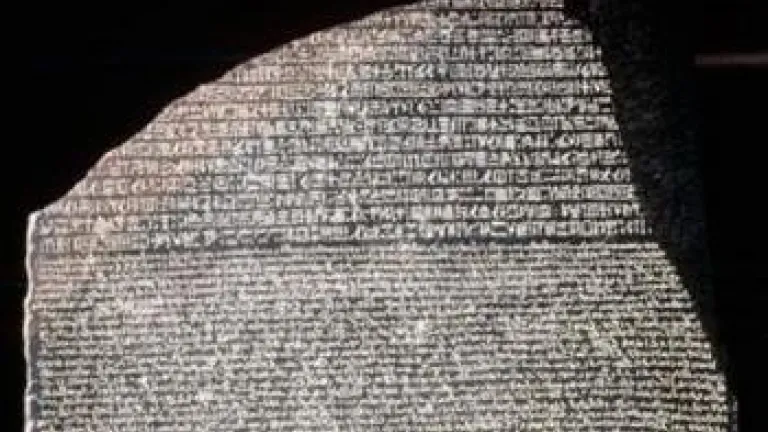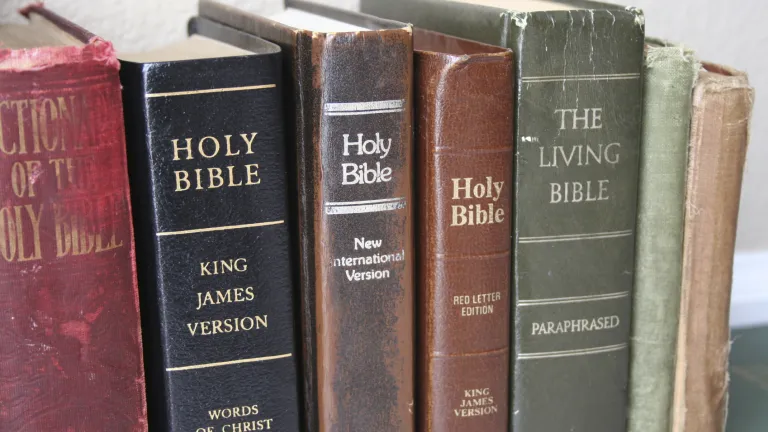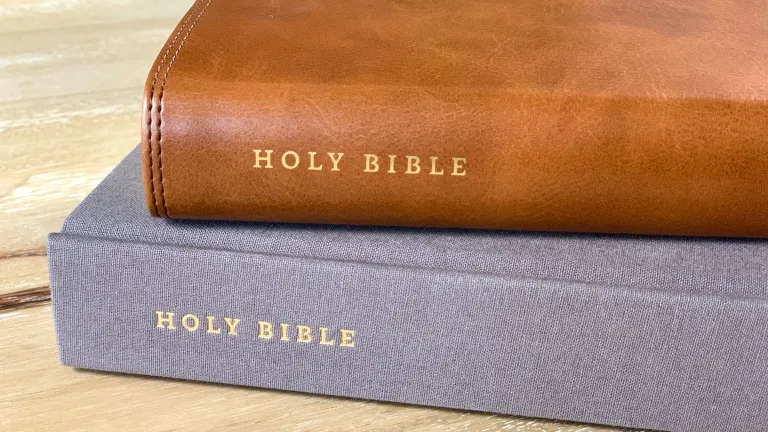God, Science and the Bible: The importance of the Dead Sea Scrolls
What do the Dead Sea Scrolls reveal about the Old and New Testaments?
Some of the Dead Sea Scrolls, never before seen outside of Israel, have been touring different museums in the United States, such as in the Natural History Museum in San Diego, California, and the Pacific Science Center in Seattle, Washington. They provide a glimpse of the amazing accuracy of the transmission of the text of the Old Testament through the millennia.
The Dead Sea Scrolls are collectively composed of some 900 documents that contain, besides other religious literature, sections of the entire Hebrew Bible except for the book of Esther. The scrolls range in date from the third century B.C. to the first century A.D.
When these manuscripts were discovered in various caves of the northwestern region of the Dead Sea close to Qumran, a site most archaeologists believe was a community of Essene Jews, scholars wondered how many discrepancies would be found between them and the Old Testament text used for the translation of our modern Bibles, a text whose oldest copies date to the 10th century A.D. More than 1,000 years elapsed between the two versions. How well would they conform?
Incredibly, when the two versions were compared, researchers found that they uncannily matched—virtually word for word. For example, the Dead Sea Scroll containing the entire book of Isaiah, some 26 feet long, was compared to the 10th-century version of the Masoretic Text, which is the basis for our modern Old Testament. The researchers found it to match in virtually every instance.
Notes Bible scholar Gleason Archer: "Even though the two copies of Isaiah discovered in Qumran Cave 1 near the Dead Sea in 1947 were a thousand years earlier than the oldest dated manuscript previously known (A.D. 980), they proved to be word for word identical with our standard Hebrew Bible in more than 95 percent of the text. The 5 percent of variation consisted chiefly of obvious slips on the pen and variations in spelling . . . They do not affect the message of revelation in the slightest" (A Survey of Old Testament Introduction, 1974, p. 25).
This is the greatest contribution the Dead Sea Scrolls have made to biblical scholarship. They have confirmed the reliability of the Old Testament text we now possess in our Bibles. "Critical scholars," states Garry Brantley, "questioned the accuracy of the MT [Masoretic Text], which formed the basis of our English versions of the Old Testament, since there was such a large chronological gap between it and the autographs [original documents]. Because of this uncertainty, scholars often 'corrected' the text with considerable freedom.
"Qumran, however, has provided remains of an early Masoretic edition predating the Christian era on which the traditional MT [Masoretic Text] is based. A comparison of the [Masoretic Text] to this earlier text revealed the remarkable accuracy with which scribes copied the sacred texts. Accordingly, the integrity of the Hebrew Bible was confirmed, which generally has heightened its respect among scholars and drastically reduced textual alteration" ("The Dead Sea Scrolls and Biblical Integrity," Reason & Revelation online journal, April 1995, ApologeticsPress.org).
In fact, the Masoretic Text we possess today has been found to be more carefully transmitted than the Dead Sea Scrolls version! When compared, the largest Isaiah Dead Sea Scroll was found to have more spelling errors—and this is generally the case when comparing the Masoretic Text and the Dead Sea Scrolls.
What about the New Testament text? How accurate is it? From the thousands of ancient copies or portions of copies known, 98 percent of the New Testament texts agree. The variations that do exist are mostly spelling errors or scribal additions that are easily discarded.
As the great text scholar Sir Frederic Kenyon noted after examining both the Old and New Testament texts (and it holds true even more so today), "The Christian can take the whole Bible in his hand and say without fear or hesitation that he holds in it the true word of God, handed down without essential loss from generation to generation throughout the centuries" (Our Bible and Ancient Manuscripts, 1939, p. 23).








